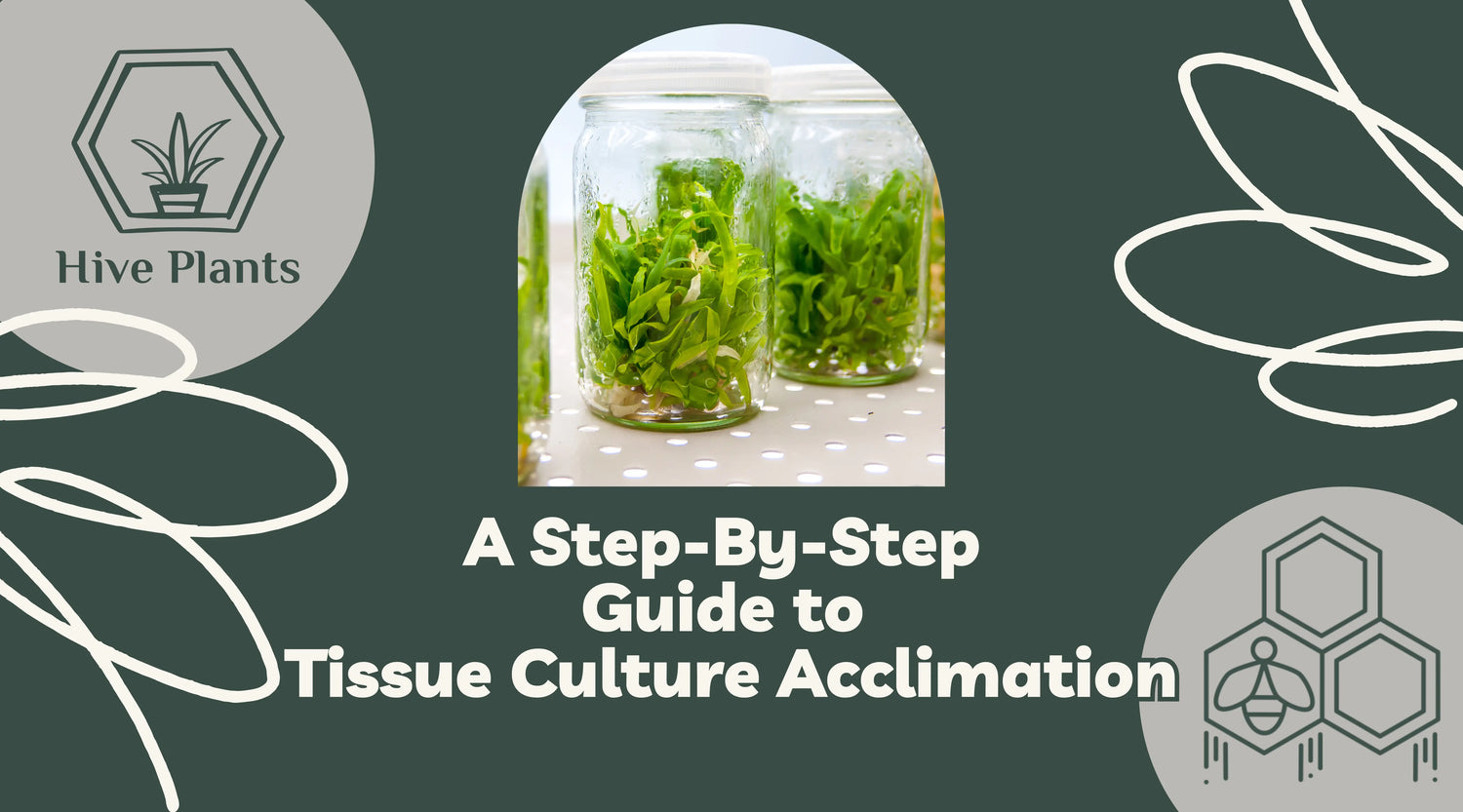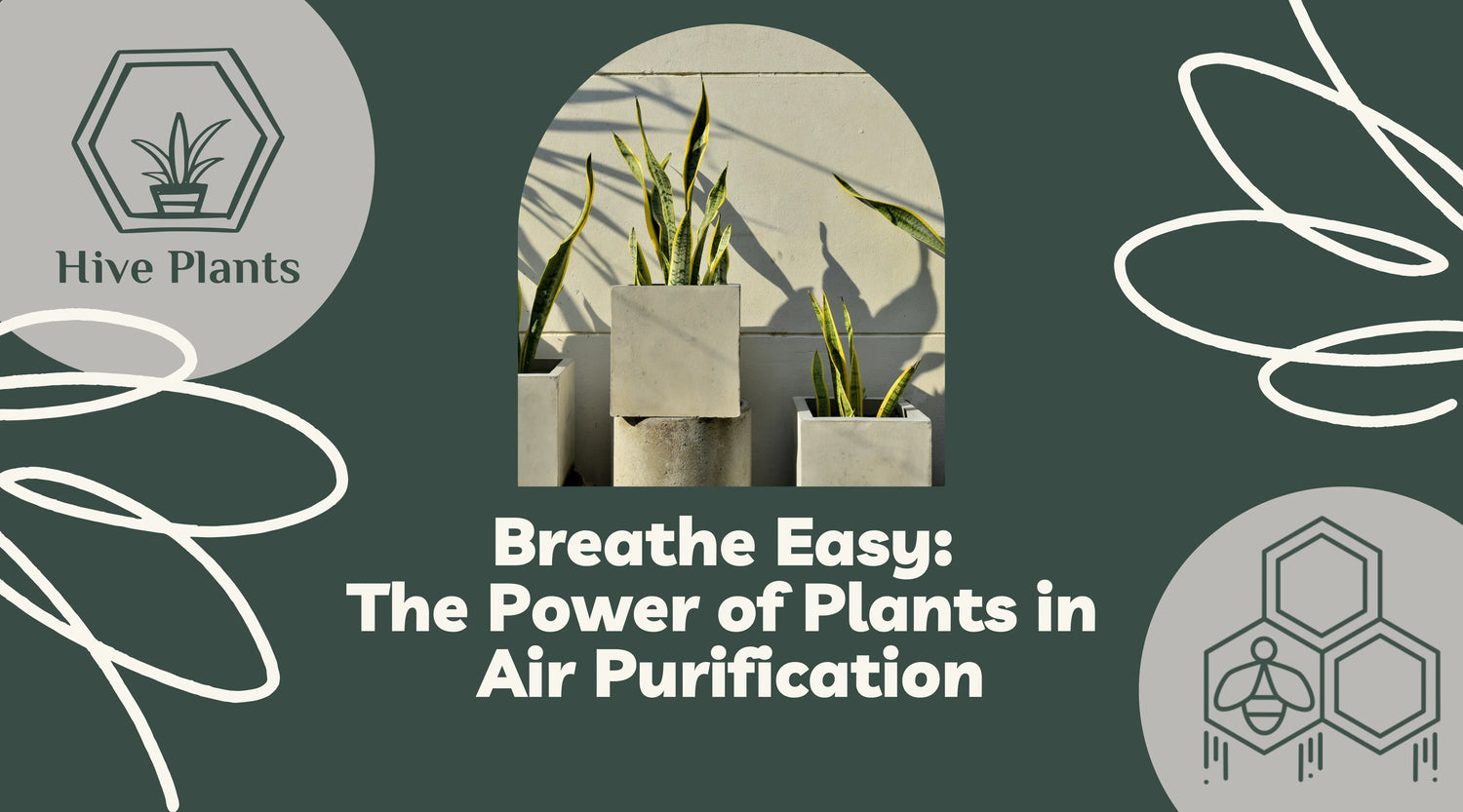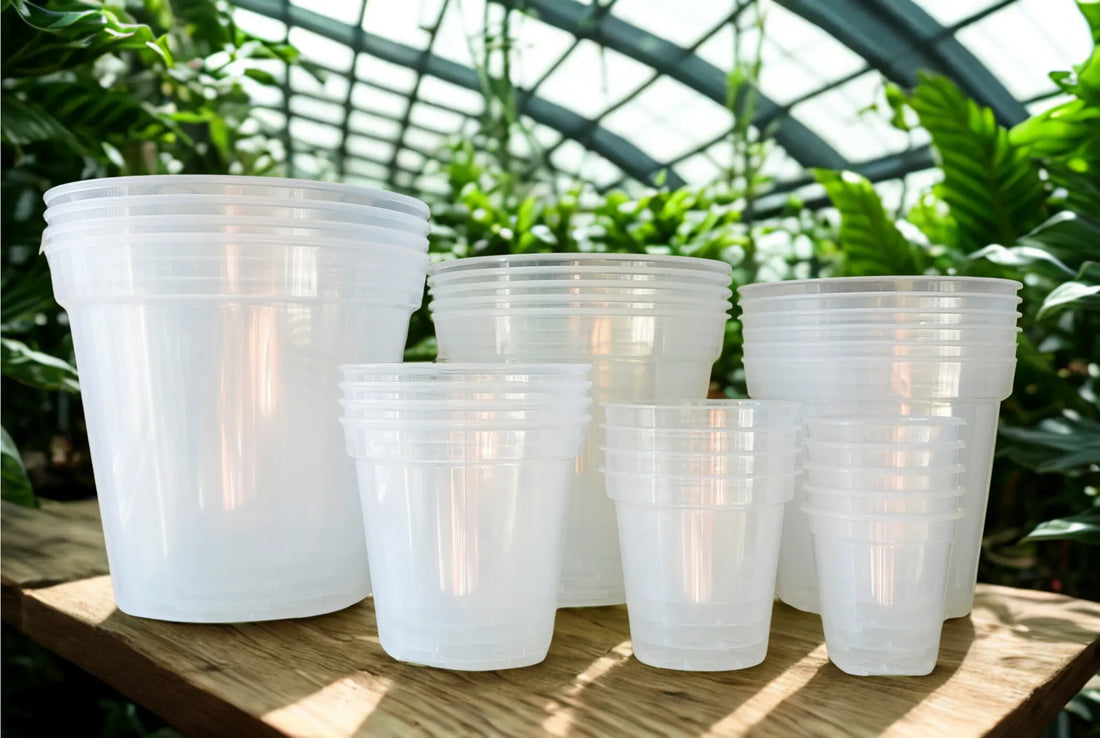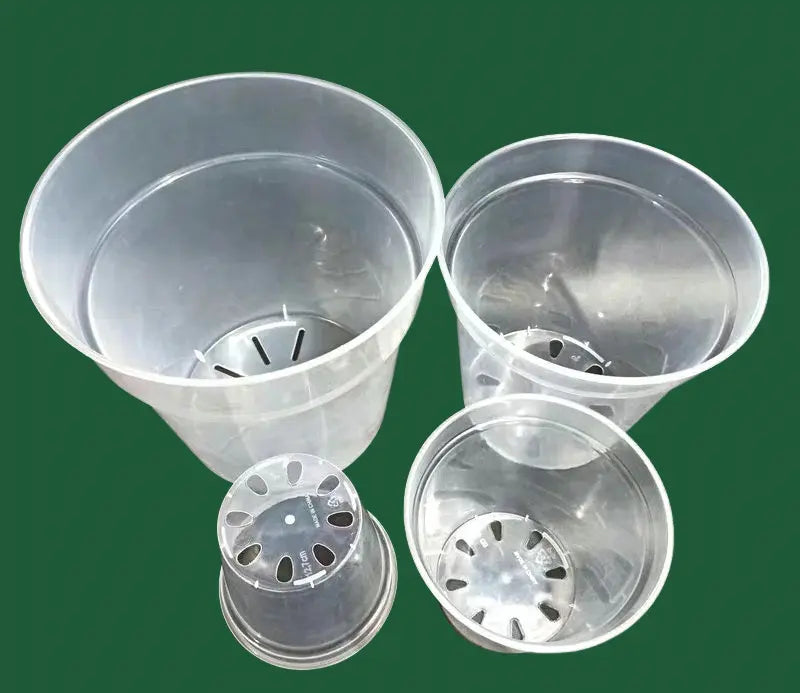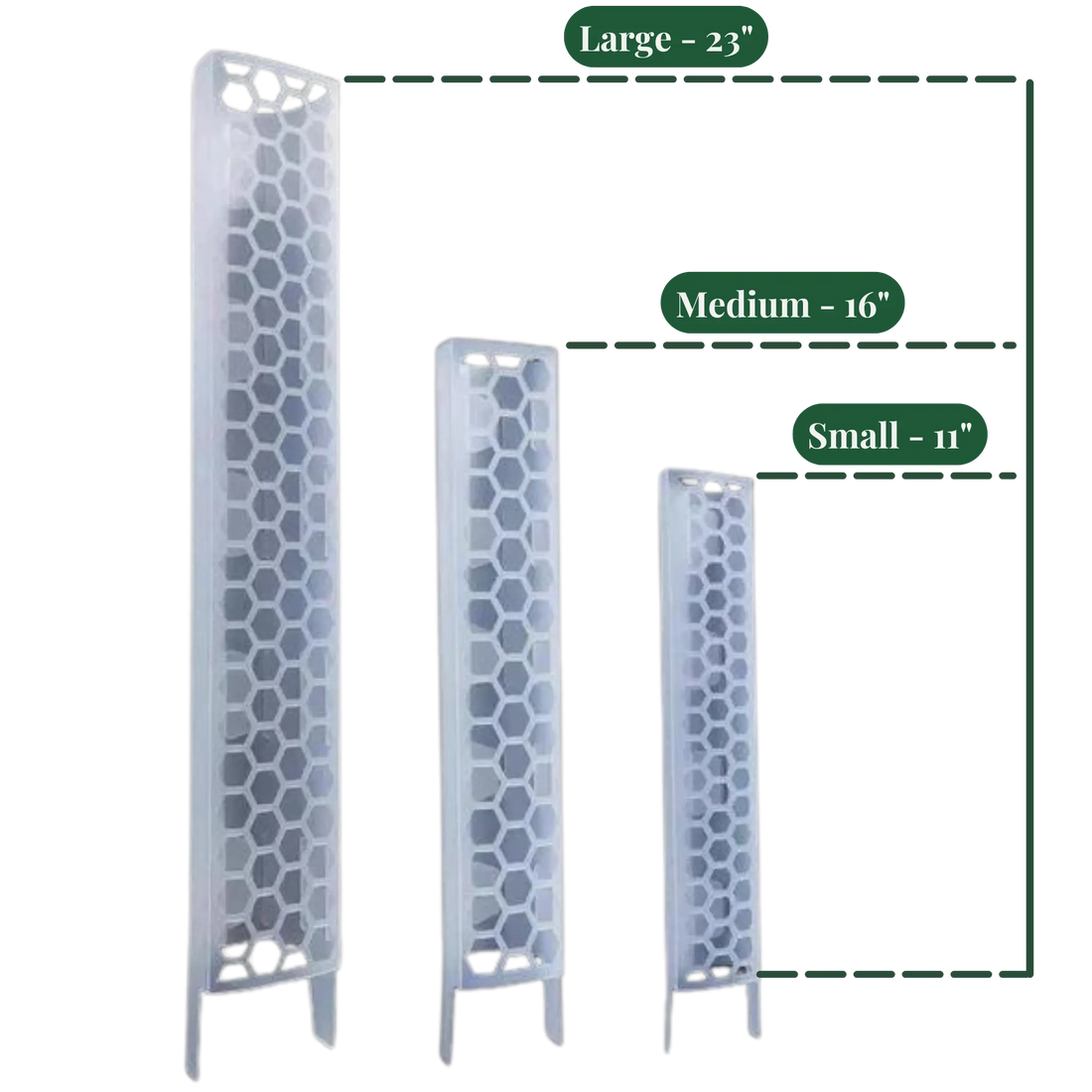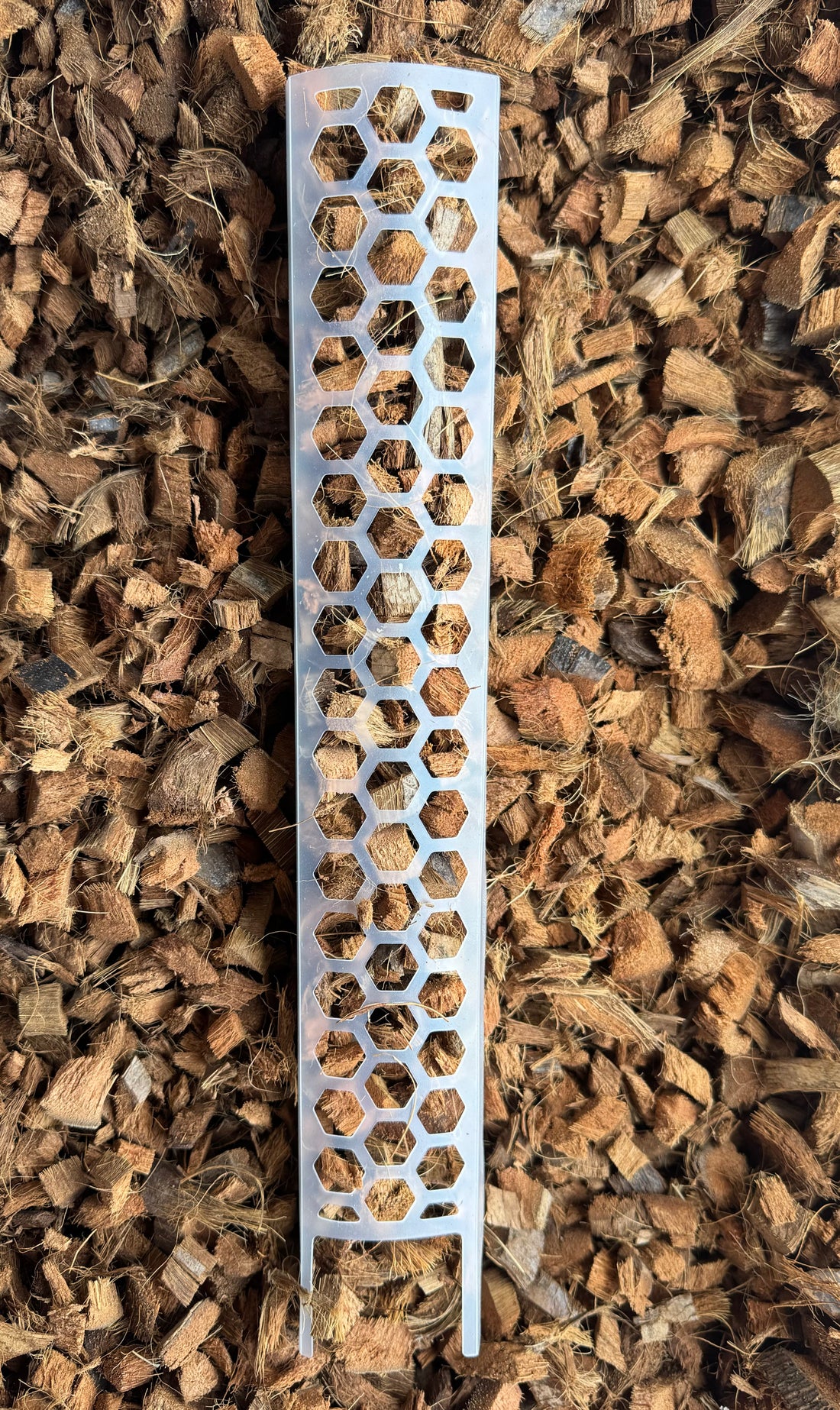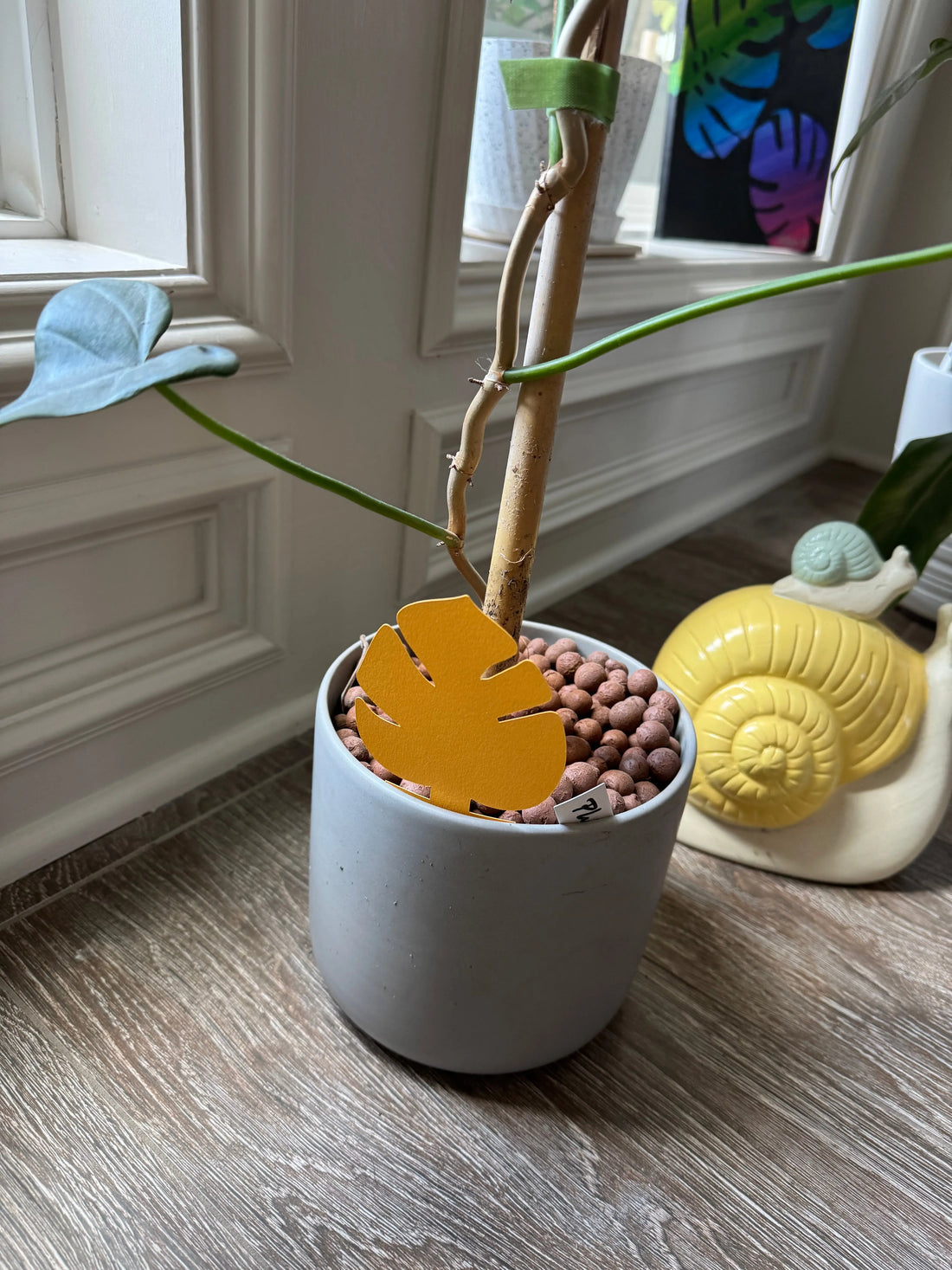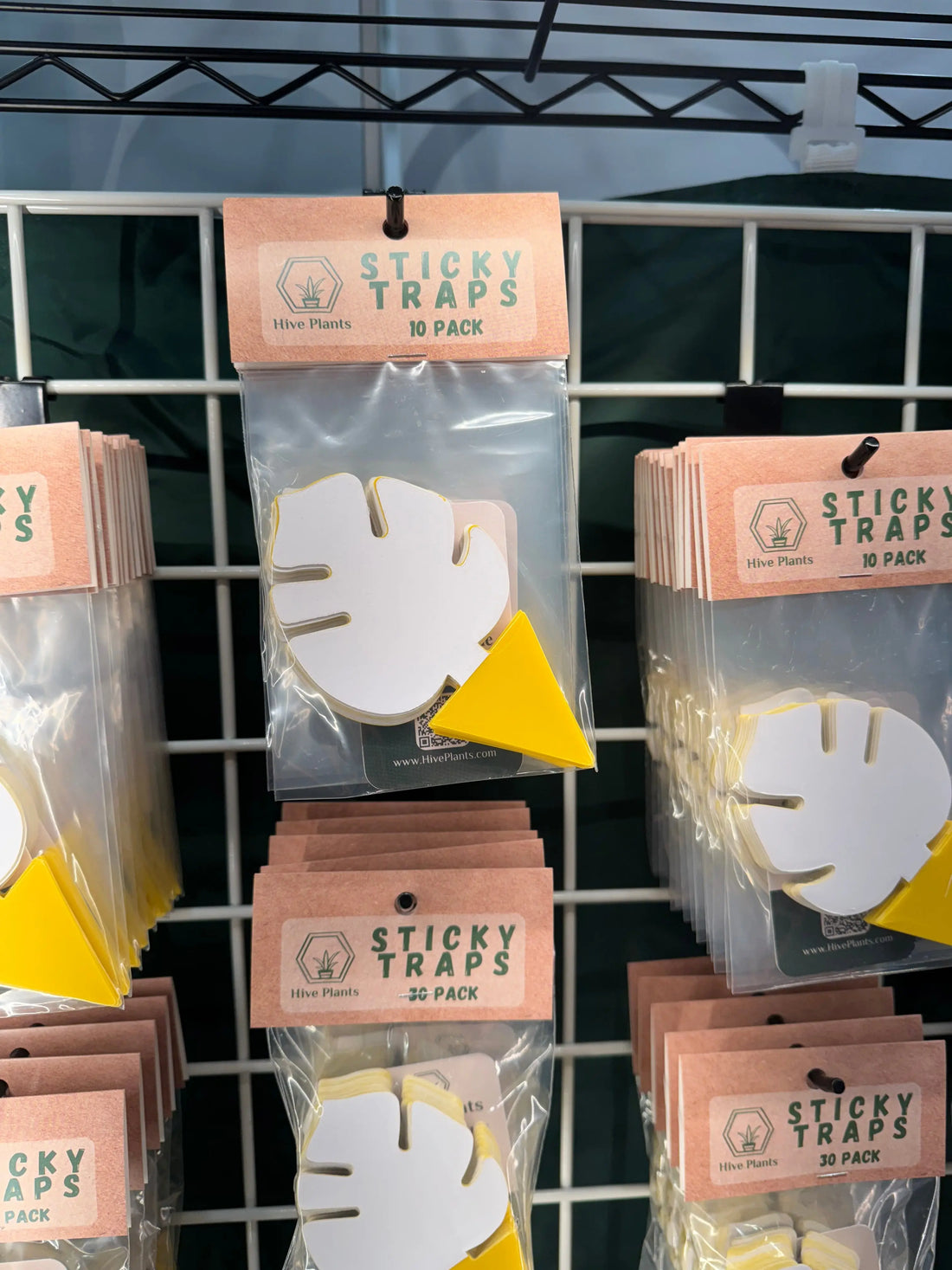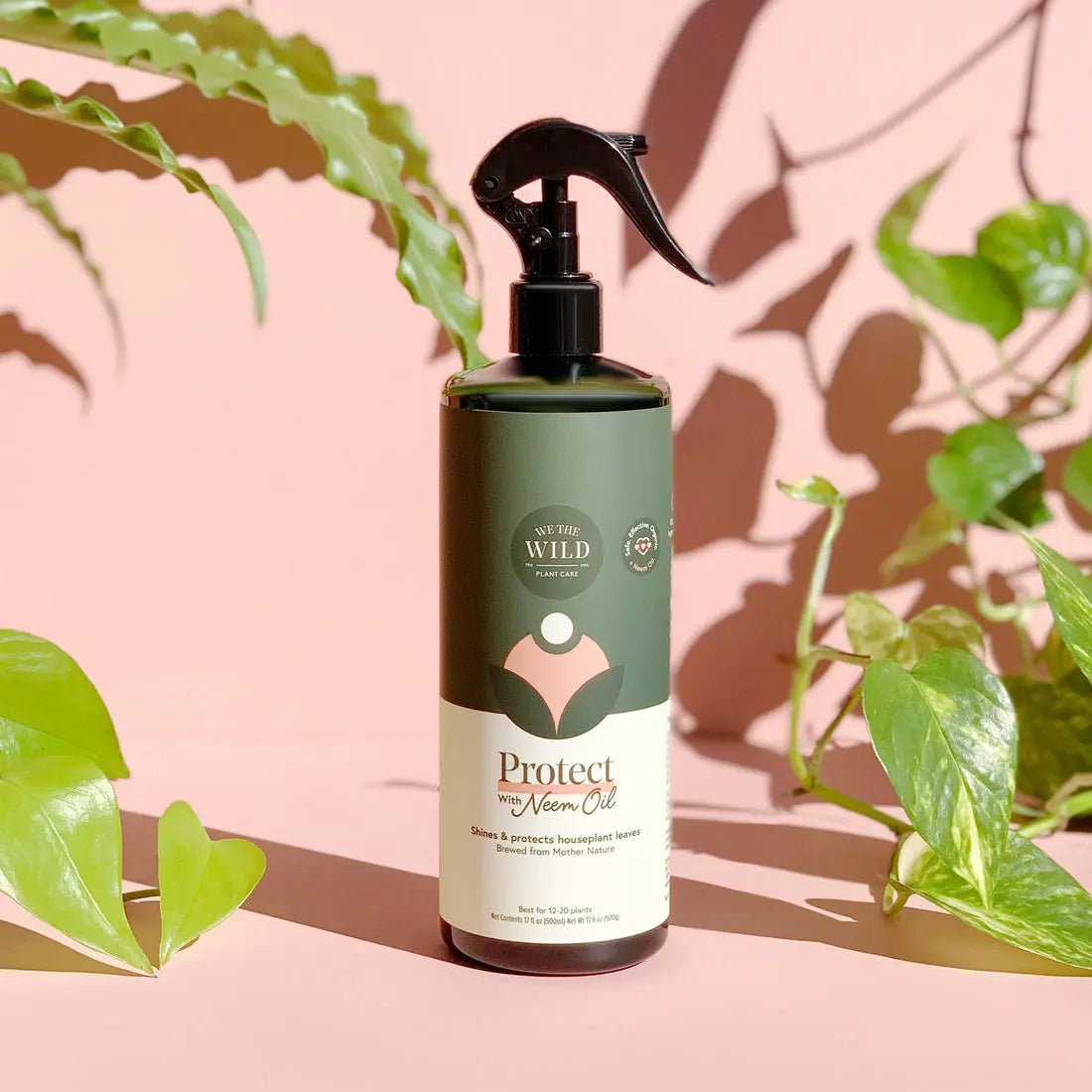Light
Ponytail palms prefer bright, indirect light. Place your plant near a window that receives filtered sunlight or in a well-lit room. They can tolerate some direct sunlight, but prolonged exposure can scorch the leaves.
Water
Ponytail palms are succulent plants that store water in their swollen trunk bases. They are drought-tolerant and can withstand periods of dryness. Allow the soil to dry out between waterings, and then thoroughly water the plant until water drains out of the bottom of the pot. Avoid overwatering, as it can cause root rot. In winter, reduce watering frequency as the plant goes into dormancy.
![]()
Temperature & Humidity
Ponytail palms are adaptable to average indoor humidity levels. They can tolerate both high and low humidity. Regarding temperature, they thrive in average room temperatures between 60-75°F (15-24°C). They can handle occasional temperature drops, but it's best to avoid extreme cold or freezing conditions.
![]()
Soil
Well-draining soil is crucial for ponytail palms. Use a cactus or succulent mix that provides good drainage. A mixture of regular potting soil and perlite or sand can also work well. Ensure that the pot has drainage holes to prevent waterlogged soil.
![]()
Re-Potting
Ponytail palms prefer to be slightly root-bound, so you don't need to repot them frequently. Repot the plant every two to three years or when it outgrows its current pot. Choose a pot that is slightly larger and has drainage holes. Use fresh well-draining soil during repotting.
![]()
Fertilization
Fertilize ponytail palms sparingly during the growing season, which is typically spring and summer. Use a balanced, water-soluble fertilizer formulated for succulents or cacti. Follow the instructions on the packaging and dilute the fertilizer to half-strength. Avoid fertilizing during winter.
![]()
Pet Safe
Good news! Ponytail palms are considered non-toxic to cats, dogs, and other common pets. However, it's always best to prevent pets from chewing on any houseplants to avoid potential health issues.
Common Problems
Ponytail palms can face a few common issues:
Over watering: This can lead to root rot and yellowing leaves. Make sure to let the soil dry out between waterings.
Brown tips: This can be caused by underwatering or low humidity. Increase watering or mist the leaves occasionally to boost humidity.
Pest infestations: Watch out for common houseplant pests like mealybugs or spider mites. If you spot any, wipe them off with a damp cloth or use an insecticidal soap as directed.
Pro-Tip: Remember to periodically clean the leaves with a damp cloth to remove dust, which can interfere with the plant's ability to absorb light.
Remember to regularly inspect your ponytail palm for any signs of problems and adjust your care routine accordingly. With the right conditions and care, your ponytail palm can thrive and add beauty to your indoor space.
Ready to add a ponytail palm to your collection?
Shop Here




